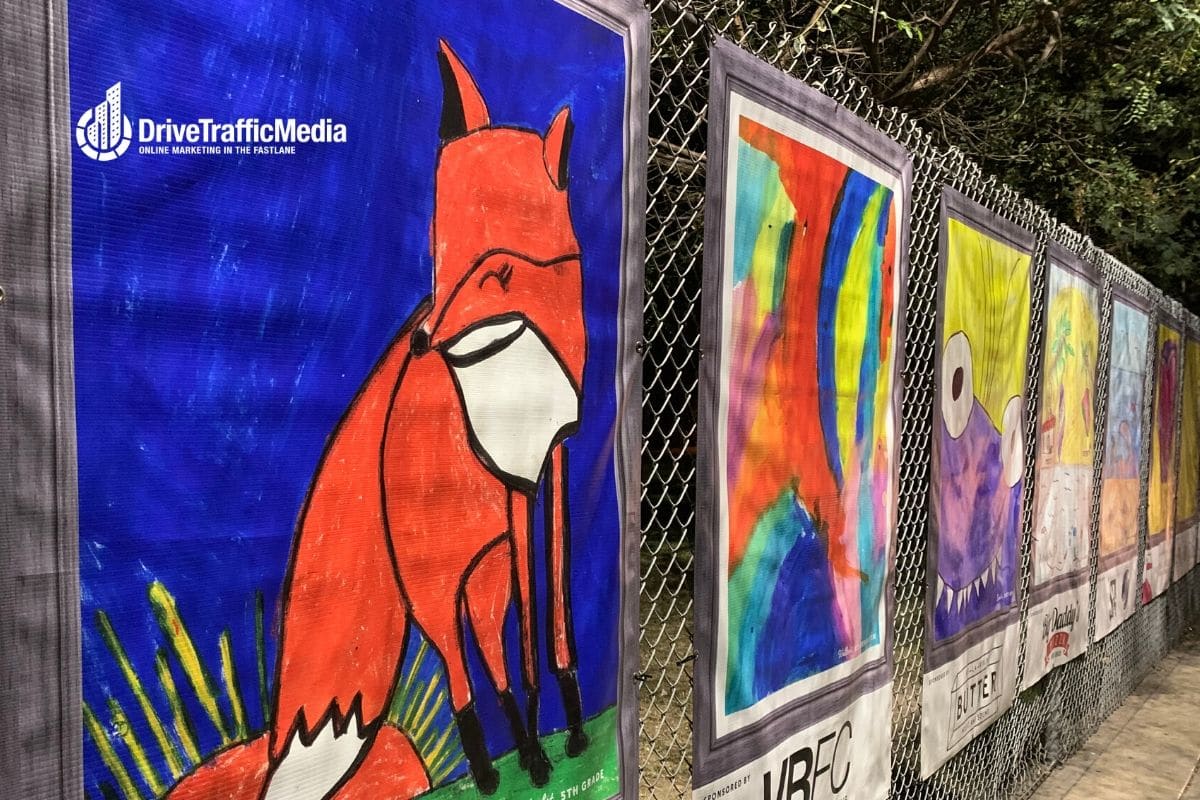Image optimization is an essential step in achieving better ranking, and content optimization is no less important in Los Angeles SEO.
Since Google Image Search generates 27% of the total queries per day, it’s essential to use the images on your site to promote your content. Google recently updated its image search policy, adding a “visit [page showing image]” button instead of the previous “view image” button.
In short, this means that everyone who clicks on the image will reach the page where the image is displayed, which makes supporting content extremely important. As a result, the number of visits to the target website has increased dramatically, which has improved rankings and visibility.
Google is also developing new image recognition tools (such as Google Lens) with reverse image search capabilities, making image optimization more critical than it is now.
Image optimization method
Image optimization is like content optimization, except that it does not include links. The five fastest and most effective ways to optimize image ranking are as follows:
Let’s dig deeper into each image to begin our image SEO journey for your Los Angeles website.
Image naming
Image titles are just as relevant as blog post titles. Therefore, they should include a keyword or series of keywords with appropriate descriptions and supporting content. If you choose to use multiple keywords, separate them with hyphens, and do not use stop words (prepositions, articles, etc.).
It’s best to use location-based and long-tail keywords, especially if you run a location-related business.
Long-tail keywords help Google distinguish your website from many other operators in the same industry. For example, if you sell clothing, the keyword “cheap clothing” will not help your site’s ranking. On the other hand, “providing quality cheap clothes for young girls” will make all the difference.
Location-based keywords will show your business only in the selected area. An example of a keyword is “Provide quality, cheap clothes for teens in Austin, Texas.” You can zoom out by including different city areas for different images to increase diversity.
Picture description
Image descriptions are similar to abstracts and provide insight into the offer, which is why it is so important.
Each image should have the appropriate alt and title attributes, which provide context to the image. Take the time to write a note. Because they represent your offer and your brand, so they should be literate, concise, and compelling.
Image format, size, and size
The most straightforward reason why image sizes are essential is that they affect page load time. If we keep in mind that most website visits (and any form of interaction) take place on mobile devices, page load time becomes more and more critical.
The best choice for image formats is JPEG because they are small and do not compromise image quality. PNG is usually only used when a transparent background is needed. Last but not the least, GIFs are used for short animations, but only when necessary, as they are limited to 256 colors.
Regarding image size, in most cases, they must not exceed the average desktop screen resolution, and they must not exceed 2,560 pixels. Note that the images are automatically resized to the screen, which means that if the size of the images exceeds the average resolution of the desktop screen, they will not display as expected.
Image compression
Image compression is a strategy for people who want to increase the loading time of a website. However, please note that reducing pixels using HTML or CSS is not the way to achieve this. Why? Because the compressed image will remain in its original file size, even smaller versions will be displayed.
Therefore, using a compression tool is a better choice. Among some of the most popular solutions are Smush, GIMP, and TinyPNG, but they are by no means the only means available.
Finally, uploading the same image in different sizes and using the <img srcset = “”> attribute (or related plugin) is a great way to make the page display different image formats, depending on the resolution of the visitor’s device.
Supporting content
In terms of content, everyone knows that high-quality articles optimized for SEO are the key to improving website ranking and visibility. It is also essential to promote your content by combining different strategies to build brand reputation and maintain communication with customers.
As mentioned above, images attract new customers. Therefore, it is natural for them to look for extended information about a product or service. In short, this means that the page displaying the target image should expand on the image description.
For example, if the image shows a product, the support should explain the product in more detail. It is recommended you use a call-to-action (CTA) because you want your visitors to know how to perform what they need efficiently.
Therefore, it’s important not to place pictures randomly on your website. You will be surprised to learn that so many people do this, thinking that image search will do the work for them.
Track image performance
SEO is an ongoing effort, and the rules of the game sometimes change due to updates to Google algorithms. Just as you track the effectiveness of your content, keep image performance in mind. You can do this in Google Search Console by following the steps below.
1. Log in to the verified Search Console properties
2. Select Performance Report
3. Set search type to image
4. Click Apply
The search results show various insights, such as pages, impressions, devices, queries, clicks, click-through rates, and countries. However, Google Search Console does not display the file name of the image. Instead, the page where the image is located is displayed.
In short, this means that the tool will not distinguish between different images on the same page, but hopefully, that will change soon.
In summary, it can be said that image optimization is much simpler than content optimization, so there is no reason to ignore it. Given that image search is increasing (especially for people looking for an online store), it is recommended to brainstorm and combine high-quality content with high-quality, optimized images in your SEO Los Angeles strategies.
Steady and stable is the key to winning the game
Over time, this strategy will make your brand stand out from the competition, increase its visibility and credibility, and attract more customers in a minute. What else can one expect?




